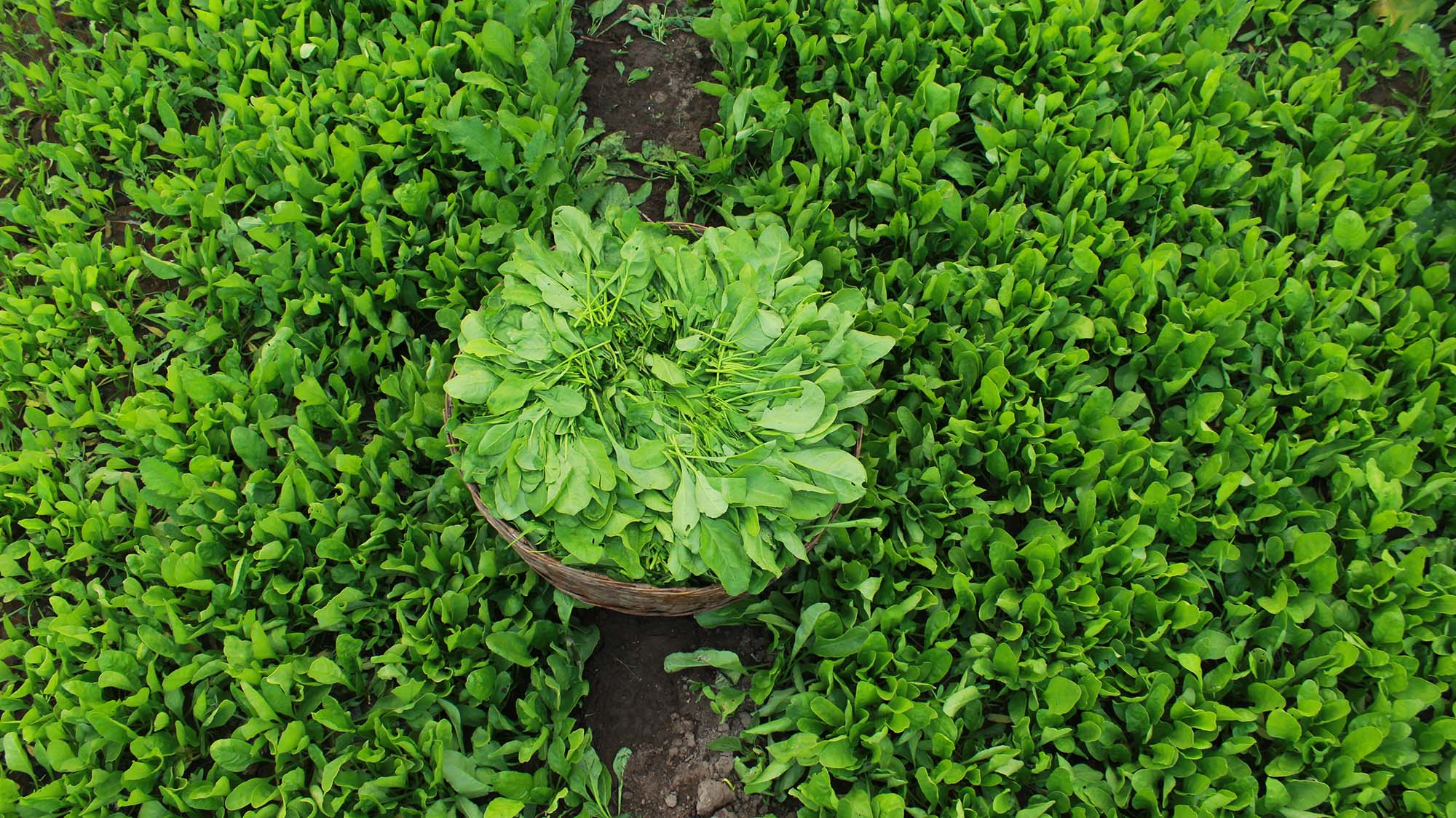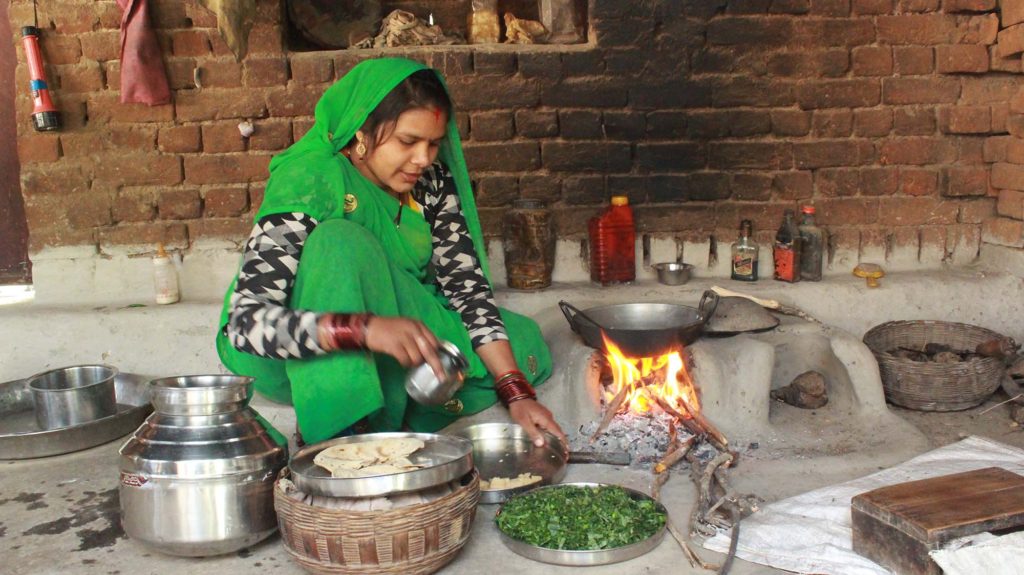
Climate change is a global challenge and its negative effects are widespread impacting agro-ecosystem, agricultural production, and human well-being. It hits highest where smallholders directly depend on agriculture for food and their livelihood. The highest proportion of smallholder farmers belongs to the most vulnerable groups in relation to food security. Most of the areas are under rainfed conditions and hence, extremely susceptible to rainfall variability, delayed onset of monsoon, fluctuating temperature (high and prolonged dry spell, increase in humidity) and drought.

Women have traditionally been the pillars of family food security and nutrition, making sure their families have enough to eat even when times are tough, and harvests fail. Although actively engaged in agriculture, but often fail to recognize as farmer and decision-makers and considered as mere caretakers of their family. They often overlooked and not taken seriously when they try to make their contributions and share their knowledge at various level.
Rekha Patel, a smallholder farmer of Hanumantora village of Shahgarh block in Sagar district, Madhya Pradesh owns 1.5acres of land. Apart from Black Gram, vegetable cultivation is the main source of her livelihood. The conventional farming system, higher input cost, external dependency, and declining production were the major cause.
Introducing herself into Smallholder Adaptive Farming and Biodiversity Network (SAFBIN) program as one of the smallholder farmers’ collective (SHFC) members, she could not only enable her as a farmer but also made herself confident enough to realise and reflect on her present practices under the new realities of climate change. She started recycling her own (existing) farm waste and resources and invest in her small homestead first to see the result. Over the years, she has raised her income up to Rs. 2,40,000/- per annum by selling vegetables and managed to reduce the input cost-efficiently (almost 30% – 40%).
She also started following the low-cost good agriculture practices (GAP) oriented in the on-farm training and applied in vegetables like Radish, Tomato, Brinjal, Coriander, Spinach, Bottle gourd, and Chilly. By following the GAP along with other cultural practices learned from SAFBIN program during our SHFC meetings, “I pluck 2100 radishes (@ 200 radishes/day) and sell it in the nearby market for a Rs. 3.00 (Three rupees) per radish and earn Rs. 6000.00 (Six thousand rupees) per week. Similarly, I earn Rs. 300.00 from tomatoes and Rs. 250.00 from chillies weekly.” This way, I able to diversify my food basket with almost 21 varieties of crops, millets, pulses, oilseeds, and vegetables round the year and earning an average of Rs, 35,000.00 per month which was never expected by a smallholder like me.